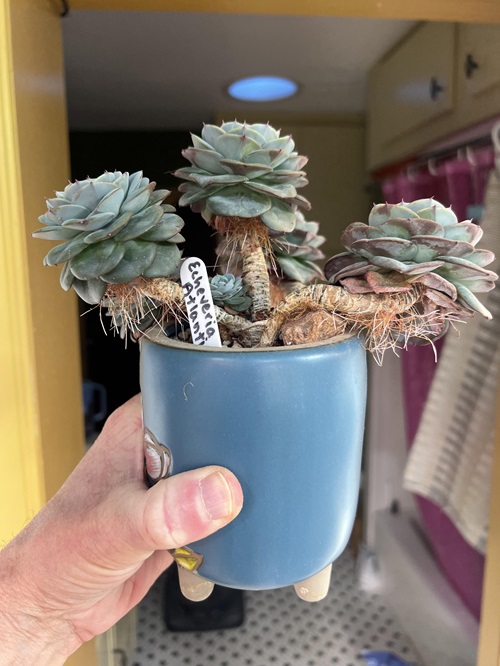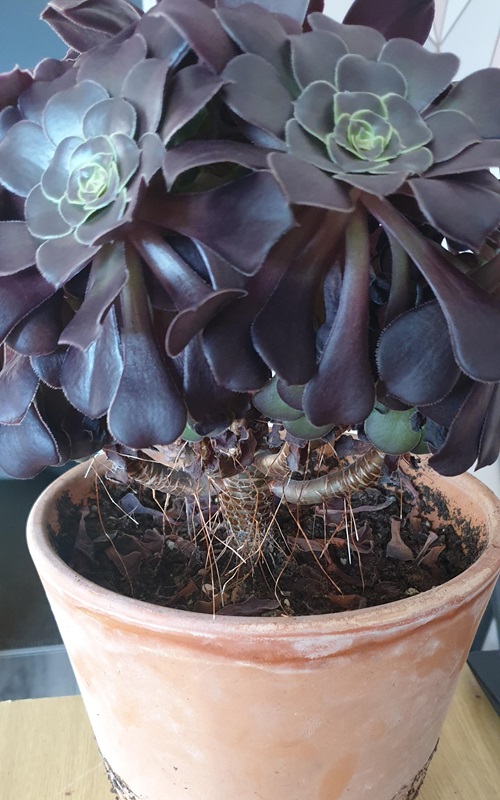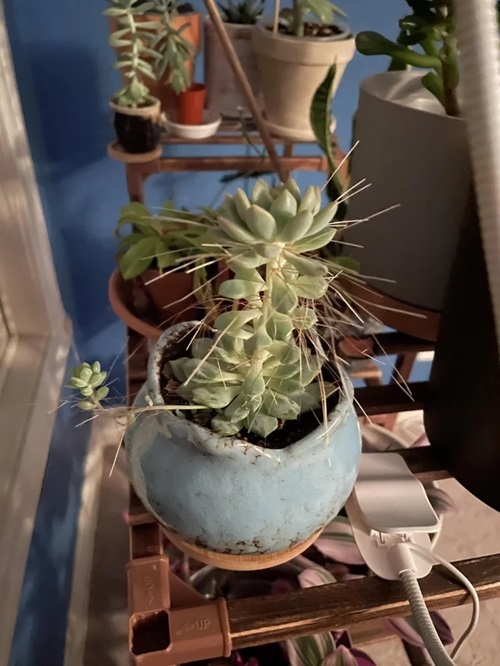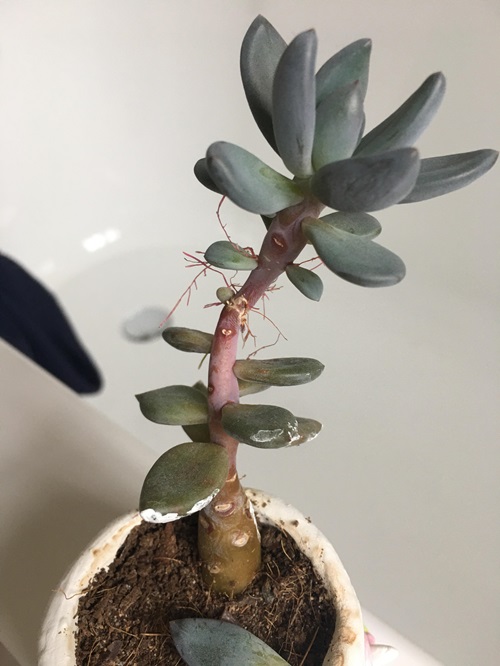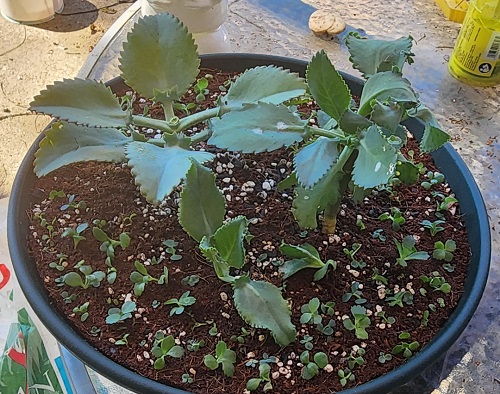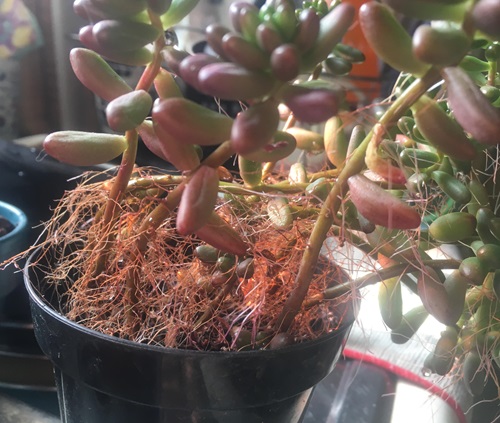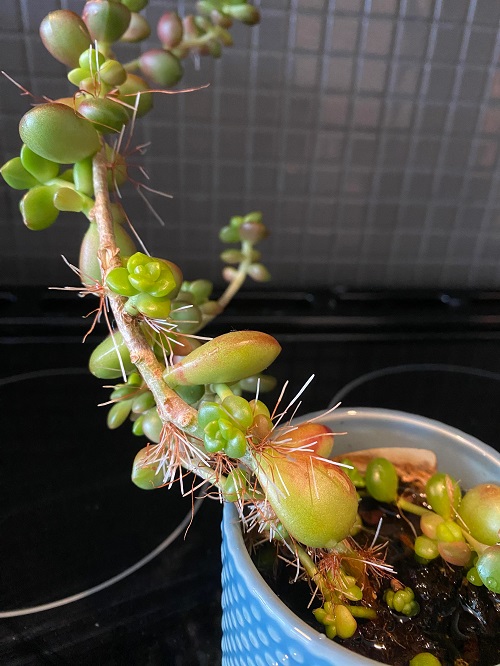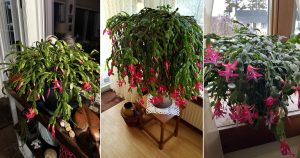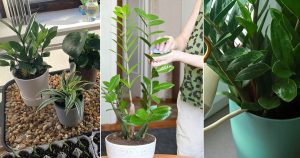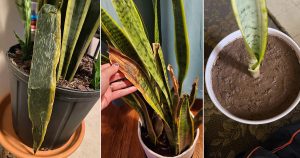Are Aerial Roots a Sign of Problem in Succulents? Let’s find out if they are not good or not an actual issue for the plants!
Aerial Roots—A Silent Messenger of Succulent Plants! They are a rare phenomenon we observe when we are familiar with several kinds of plants. Aerial roots are mostly triggered by the changes the succulent undergoes due to climate conditions, nutrition demand and so on. In this article, we will understand what these messengers have to say.
What Are Aerial Roots?
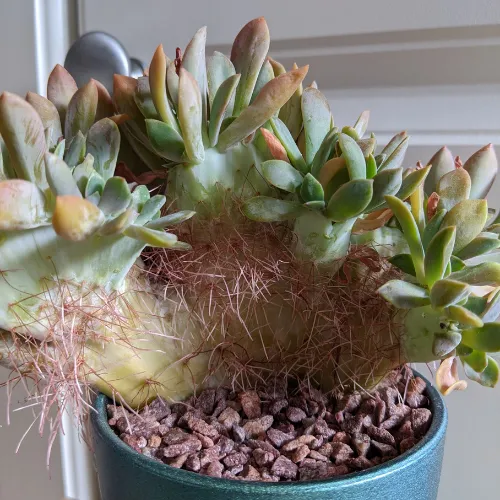
Air roots, or aerial roots, are a special type of root also known as adventitious roots. These kinds of roots develop from non-root tissue i.e., not from the primary root system! Unlike the primary roots, aerial roots appear from stems, leaves, or even callus tissue in response to several factors discussed in this article.
Why Do My Succulents Have Aerial Roots?
1. When Your Succulent isn’t Getting Enough Water
So in general, aerial roots appear in many plants when they are dehydrated or often in humid conditions, too. If you are not watering your succulents properly, then these aerial roots start to form to absorb water through their roots from the surrounding air. And your succulent is simply telling you that it is thirsty and needs sufficient watering.
That is why having a potting mix with large particles for aeration and water absorption is important.
2. To Absorb Nutrients From The Air
As they grow to soak up water from the air similarly, they grow such roots to absorb nutrients too. The aerial roots are a way to get essential nutrients without relying on the soil. This kind of nature is exhibited by succulents that grow in dry environments.
Succulents thrive in well-draining soil, so if you are wondering why your plants are developing aerial roots then check your soil and watering method.
3. To Anchor The Plant in The Soil
Commonly observed in stretchy and leggy succulents when the portion of the plant is likely to drop or become etiolated due to insufficient light. Then your plant will grow aerial roots to contact the ground and provide support. It is common in leggy succulents as they tend to lean and fall over.
Sometimes it might be an indication of getting insufficient light as well. Because plants start to grow leggy and stretchy when they do not get enough sunlight. The aerial roots grow from these leggy stems and cling to any surface they can find, preventing the plant from falling.
4. To Reproduce New Succulents
If you are familiar with succulents like Mother of Thousands or also popular as the Chandelier plant. You must have observed that these succulents produce many saplings at the edge of their leaves and not just one, several saplings in one single leaf. These saplings have aerial roots that help them absorb water and nutrition from the air until they become mature enough to fall off and grow as individual succulents.
And not just this, almost all succulents reproduce from their mature leaves. When the leaves fall on the ground initially red-colored roots start to grow from one end of the leaves. Later, gradually these aerial roots will take root in the soil and help the plant to grow into a new plant.
5. Growth of Woody Stems
When your succulents have been growing for several years, the stems tend to become woody and leggy from the bottom upwards. Eventually becoming a succulent tree. This kind of slow transformation leads to an inactivated root system which slows the water absorption and transportation abilities of the plant.
Leading to a scarcity of water and nutrition in the upper healthy growth areas. Hence, the plant gradually develops aerial roots to assist in achieving water and nutrition from the surroundings.
Do All Succulents Grow Aerial Roots?
Don’t worry, we have all your doubts cleared! Succulents such as Echeverias or Sedums mostly grow aerial roots. And succulents like Haworthias and Aloes do not have aerial roots.
Although, if your area is not so humid and again you are watering your succulents properly then you won’t see aerial roots at all. Additionally, you are more likely to see air roots during the active growing season. For example, Graptoveria and Graptopetalum succulents grow fast and tend to stretch out and grow aerial roots if there is insufficient sunlight. Again Dragon fruit plant also grows aerial roots and stems to gain support and stay erect.
What To Do With Aerial Roots?
To be honest, there is nothing to do other than watering your succulent more deeply and making sure that it gets plenty of light. In case you think that they are getting too unsightly then you can trim them with sterile scissors or prune them too.
However, if you plan to leave the roots in that way rather than pruning them off, they will harden or grow thick and look like small branches.
Aerial roots are generally not a problem and in fact, they are there to let you know that your succulent requires some extra attention or care. This is like an early warning sign of your plant. And when the underlying cause is rectified or fixed, the aerial roots will eventually stop growing and fall off on their own.
So, Are Aerial Roots a Sign of Problem in Succulents?
Aeria roots are not dangerous or harmful and rather can be beneficial. They are just a natural phenomenon exhibited by the plants to send a message. When you observe your plants having these kinds of roots you must try to analyze the environment around your home and garden and try to identify the underlying cause.
Relax! your succulents are just asking for a little extra care. It’s all about pampering your beloved plants a bit more than usual—just like us!
Share with us in the comments below how you have tackled such kind of situations.

